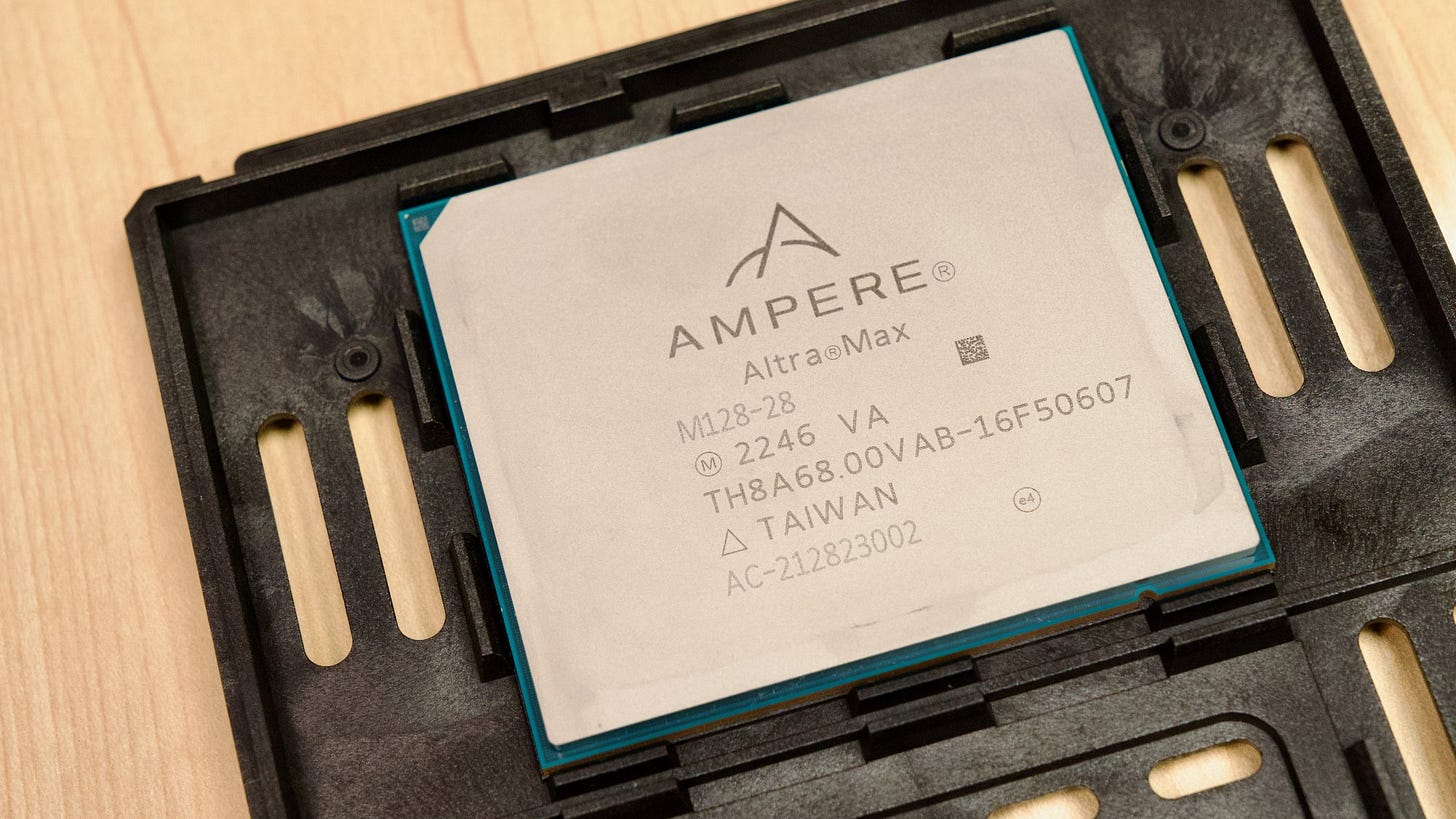Ampere ARM CPU: History and Specifications
Introduction
Ampere Computing is a company specializing in the development of ARM-based CPUs for data centers and cloud computing. Founded in 2017 by Renee James, a former president of Intel, Ampere has positioned itself as a leader in providing high-performance, power-efficient processors tailored for modern workloads, such as artificial intelligence (AI), machine learning (ML), and large-scale web services.
Ampere's CPUs are based on the ARM architecture, which is known for its energy efficiency and scalability. The company has rapidly evolved its product offerings to meet the growing demand for ARM solutions in an industry traditionally dominated by x86 processors from Intel and AMD.
History of Ampere Computing
Ampere Computing was established to capitalize on the growing trend toward ARM processors in data centers. ARM's architecture was gaining traction due to its ability to deliver performance per watt, a critical factor in reducing operational costs and environmental impact in large-scale server farms.
Early Products
Ampere's first processor, the eMAG, was released in 2018. It was based on a modified ARM Cortex-A72 design, providing up to 32 cores. While eMAG showcased Ampere's potential, it was primarily a stepping stone for more advanced designs.
- Altra and Altra Max (2020):
Ampere's breakthrough came with the Altra series. These processors were designed with a custom ARM Neoverse N1 architecture, boasting up to 80 cores in a single socket. The Altra Max, an extension of the Altra line, increased core counts to 128 cores per socket, making it one of the most powerful ARM CPUs available for cloud-native workloads.
- AmpereOne (2023):
Ampere introduced AmpereOne, its first processor entirely based on Ampere's custom-designed ARM cores, breaking away from standard Neoverse cores. AmpereOne CPUs offered up to 192 cores per socket, advanced power management features, and robust security capabilities. This marked Ampere's transition into fully bespoke silicon.
Specifications of Ampere ARM CPUs
General Features
Ampere's ARM CPUs are built for cloud-native environments, optimized for scalability, and focus on delivering high throughput for multi-threaded applications. Key features include:
- High Core Counts: Ranging from 32 cores (eMAG) to 192 cores (AmpereOne).
- Energy Efficiency: Low power consumption per core, suitable for large-scale deployments.
- Single-threaded Performance: Each core is designed for predictable and consistent performance, avoiding the complications of simultaneous multithreading (SMT).
- Advanced Security: Hardware-based features like memory encryption and secure boot.
eMAG Specifications (2018)
- Core Architecture: ARM Cortex-A72
- Cores: Up to 32
- Process Technology: 16nm
- Frequency: Up to 3.3 GHz
- Memory Support: 4 channels of DDR4, up to 1 TB
- PCIe Support: PCIe 3.0
Altra Specifications (2020)
- Core Architecture: ARM Neoverse N1
- Cores: Up to 80
- Process Technology: 7nm
- Frequency: Up to 3.3 GHz
- Memory Support: 8 channels of DDR4, up to 4 TB
- PCIe Support: PCIe 4.0
Altra Max Specifications (2021)
- Core Architecture: ARM Neoverse N1
- Cores: Up to 128
- Process Technology: 7nm
- Frequency: Up to 3.0 GHz
- Memory Support: 8 channels of DDR4, up to 4 TB
- PCIe Support: PCIe 4.0
AmpereOne Specifications (2023)
- Core Architecture: Custom Ampere ARM cores
- Cores: Up to 192
- Process Technology: 5nm
- Frequency: Configurable up to 3.5 GHz
- Memory Support: 12 channels of DDR5, up to 6 TB
- PCIe Support: PCIe 5.0
- Unique Features: Advanced AI/ML optimizations, power and thermal management.
Applications and Market Impact
Ampere ARM CPUs are designed for cloud-native workloads, including:
- Virtualization: High core counts and predictable performance are ideal for virtual machines and containerized environments.
- AI/ML Workloads: Accelerated computation for inference and training.
- Web Hosting: Scalability and energy efficiency reduce operational costs.
- Big Data and Analytics: High throughput for processing large datasets.
Ampere's processors have been adopted by major cloud service providers like Microsoft Azure, Google Cloud, and Oracle Cloud. They are also gaining traction in enterprise settings for private cloud deployments.
Conclusion
Ampere ARM CPUs represent a significant shift in the data center landscape, offering a viable alternative to x86-based processors. With their focus on performance, scalability, and energy efficiency, Ampere CPUs are poised to play a critical role in the future of cloud computing and modern IT infrastructure. As the industry continues to evolve, Ampere's innovations in ARM architecture are likely to drive further advancements in data center technology.


